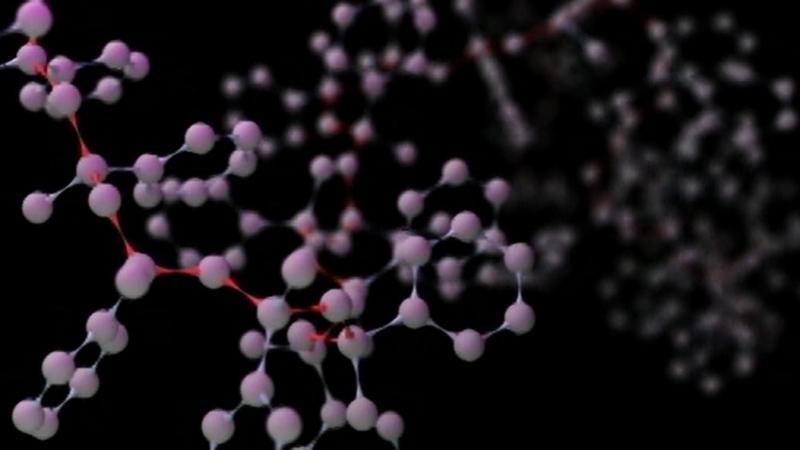August 29, 2019

When complex scientific and engineering concepts are brought to life through images, 3D models, and animations, members of the public—and even other researchers with different backgrounds—can understand and engage with the ideas more easily.
Scientific Graphics & Visuals—a course offered during the final session of The Arch—taught art, science, and engineering students the analytical, technical, and artistic skills needed to communicate a complex topic visually.
“This class sets them up with the technical skills to create graphics and animations, as well as an understanding of how to condense these really complicated scientific ideas into compelling visual tools,” said Helen Zha, assistant professor of chemical and biological engineering who co-taught this class with Rebekah Arcovitch, a lecturer in games studies.
"It was a great opportunity to bring together students from different majors and get them out of their comfort zones working cross-discipline while still focusing on the heart of things—clear communication," Arcovitch said.
As a final project, students worked with individual faculty, graduate students, and postdoctoral researchers to come up with a visual that would explain the researcher’s work.
For example, this video shows how “self-immolative” polymers disassemble themselves monomer by monomer. It was created by Daniel Nathan and Chenglin Qu, who are both majoring in mechanical engineering.
Zha said that this course has given students the skills to help communicate topics they’re currently studying, as well as research they may be part of in the future.
“These students are trained with a skill set with which, if they wanted to, they could continue making visual tools for researchers on campus or their own future work,” said Zha.